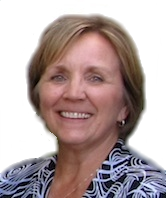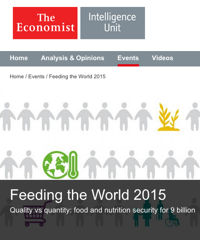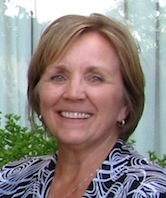Tag: sue carlson

Why Agriculture is Essential to the Success of the SDGs as a Whole
Global: Farming First addresses United Nations session on Financing for Development and the Post-2015 process.
Read MoreFarming First at The Economist Feeding the World Summit 2015
Global: A summary blog of the event, compiled by Farming First, is now live on The Economist website. Click to access the full article.
Read MoreSue Carlson: Rural Women – The Missing Development Demographic
Africa & Middle East: In celebration of the UN International Day of Rural Women today, our guest author, Sue Carlson of the World Farmers Organisation, looks at the status of rural women and their potential for reducing poverty and hunger around the world. Perhaps more than any other major demographic around the world, rural women have benefitted least from […]
Read More


